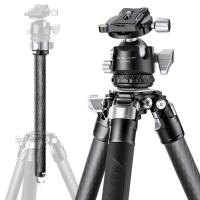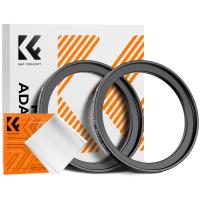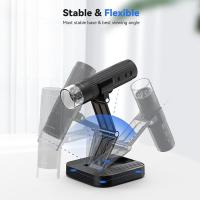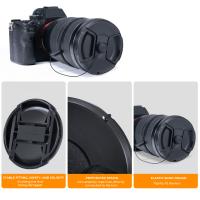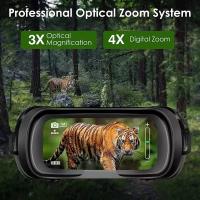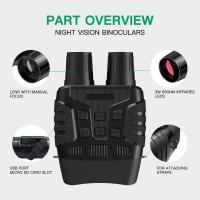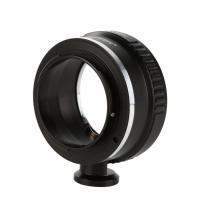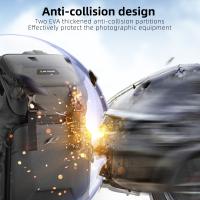What Neutral Density Filter Do I Need ?
The neutral density filter you need depends on the specific situation you are shooting in and the effect you want to achieve. Neutral density filters come in different strengths, typically measured in stops, which determine how much light is blocked from entering the lens. A common strength is ND2, which reduces light by one stop, while stronger filters like ND8 or ND16 reduce light by three or four stops respectively.
If you are shooting in bright sunlight and want to use a wider aperture or slower shutter speed, you may need a stronger ND filter like ND8 or ND16. On the other hand, if you want to create a subtle motion blur effect in low light conditions, a weaker ND filter like ND2 may be sufficient. It's important to choose a filter that matches the diameter of your lens, and to consider the quality of the filter to avoid any unwanted color casts or loss of sharpness.
1、 Types of Neutral Density Filters
Neutral density filters are essential tools for photographers and videographers who want to control the amount of light that enters their camera lens. These filters are designed to reduce the amount of light that enters the lens without affecting the color or contrast of the image. There are several types of neutral density filters available, each with its own unique characteristics and uses.
1. Fixed Neutral Density Filters: These filters have a fixed density and are available in different strengths, such as ND2, ND4, ND8, and so on. They are ideal for situations where you need a specific amount of light reduction, such as when shooting in bright sunlight.
2. Variable Neutral Density Filters: These filters allow you to adjust the amount of light reduction by rotating the filter. They are ideal for situations where the lighting conditions are constantly changing, such as when shooting a sunset or sunrise.
3. Graduated Neutral Density Filters: These filters have a gradient density that gradually reduces the amount of light from one end of the filter to the other. They are ideal for situations where you need to balance the exposure of a bright sky and a darker foreground.
4. Reverse Graduated Neutral Density Filters: These filters have a reverse gradient density that is darkest in the middle and gradually becomes lighter towards the top and bottom. They are ideal for situations where the sun is just above the horizon and the sky is brighter near the horizon.
When choosing a neutral density filter, it is important to consider the strength of the filter, the type of filter, and the size of the filter thread that fits your lens. The strength of the filter is measured in stops, with higher numbers indicating greater light reduction. The type of filter you choose will depend on the specific shooting conditions you are working with. Finally, make sure to choose a filter that fits the size of your lens thread.

2、 Filter Density and Light Reduction
"What neutral density filter do I need?" is a common question among photographers and videographers who want to control the amount of light entering their camera lens. The answer to this question depends on the specific shooting situation and the desired effect.
Neutral density filters come in different densities, which refer to the amount of light reduction they provide. The most common densities are 0.3 (1 stop), 0.6 (2 stops), and 0.9 (3 stops). However, there are also filters with higher densities, such as 1.2 (4 stops), 1.5 (5 stops), and even 10 stops.
The choice of filter density depends on the lighting conditions and the desired effect. For example, a 0.3 or 0.6 filter may be sufficient for shooting in bright daylight, while a 0.9 or higher filter may be needed for shooting in very bright conditions or for creating long exposure effects.
It's important to note that using a neutral density filter can affect the color balance of your images, especially with higher density filters. Some filters may also introduce color casts or vignetting, so it's important to choose a high-quality filter from a reputable brand.
In recent years, variable neutral density filters have become popular among photographers and videographers. These filters allow you to adjust the density by rotating the filter, providing more flexibility and convenience in changing lighting conditions.
In summary, the choice of neutral density filter depends on the specific shooting situation and the desired effect. It's important to choose a high-quality filter from a reputable brand to avoid color casts or other issues. Variable neutral density filters can provide more flexibility and convenience in changing lighting conditions.
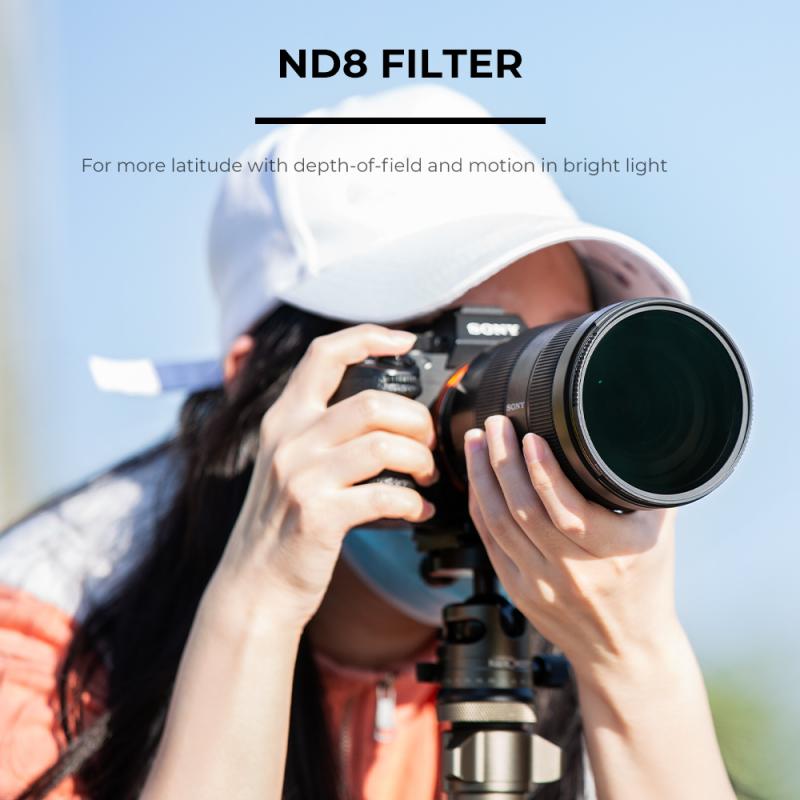
3、 Choosing the Right Filter Strength
Choosing the right neutral density (ND) filter strength can be a bit overwhelming, especially for beginners. However, it is an essential decision to make if you want to achieve the desired effect in your photography. The ND filter is used to reduce the amount of light entering the camera lens, allowing you to use slower shutter speeds or wider apertures in bright conditions. This can create stunning effects such as motion blur in waterfalls or silky smooth clouds.
The strength of an ND filter is measured in stops, with each stop representing a halving of the amount of light entering the lens. The most common ND filter strengths are 1-stop, 2-stop, 3-stop, 6-stop, and 10-stop. The choice of filter strength depends on the lighting conditions and the effect you want to achieve. For example, a 1-stop ND filter is suitable for slightly reducing the light in bright conditions, while a 10-stop ND filter is ideal for creating long exposures in broad daylight.
The latest point of view is that there is no one-size-fits-all answer to the question of what ND filter strength you need. It depends on your shooting style, the lighting conditions, and the effect you want to achieve. It is recommended to start with a 3-stop or 6-stop ND filter and experiment with different strengths to find the one that works best for you. Additionally, it is essential to invest in high-quality ND filters to avoid color casts and image degradation.
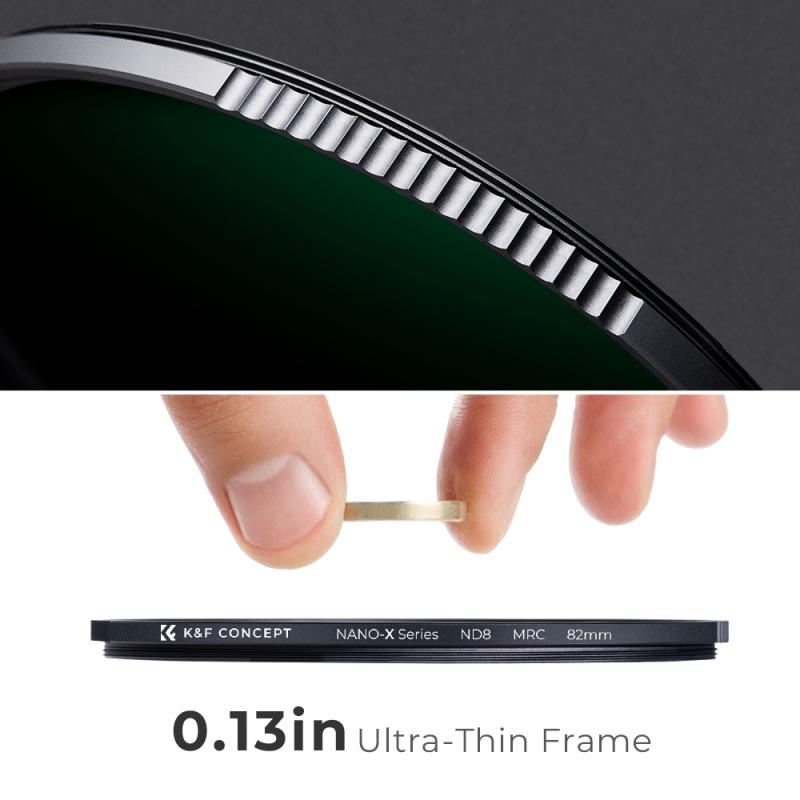
4、 Filter Size and Compatibility
Filter Size and Compatibility is an important consideration when choosing a neutral density filter. The filter size should match the diameter of the lens you are using. Most lenses have the filter size printed on the front of the lens or in the lens manual. It is important to choose a filter that is compatible with your lens to ensure that it fits properly and does not cause any vignetting or other issues.
In terms of the latest point of view, there are a few things to consider. First, it is important to choose a high-quality neutral density filter to ensure that it does not degrade the image quality. Second, some photographers prefer variable neutral density filters, which allow you to adjust the amount of light reduction by rotating the filter. This can be useful in situations where the lighting conditions are changing quickly, such as during a sunset or sunrise. Finally, it is important to choose the right strength of neutral density filter for your needs. This will depend on the amount of light you need to reduce and the effect you are trying to achieve. For example, a 3-stop neutral density filter is good for reducing the amount of light by three stops, which can be useful for creating motion blur in waterfalls or other moving subjects. Ultimately, the choice of neutral density filter will depend on your specific needs and preferences as a photographer.
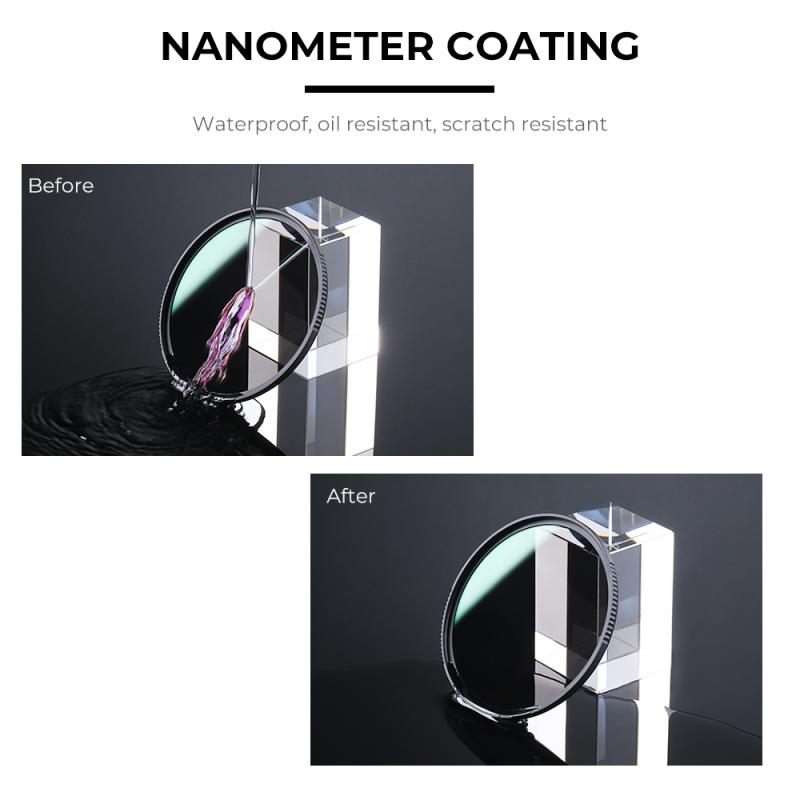

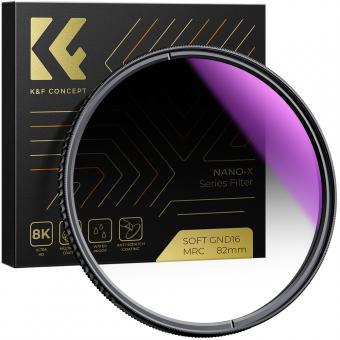
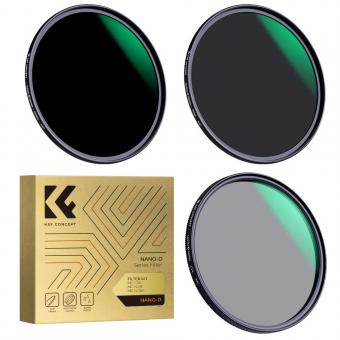




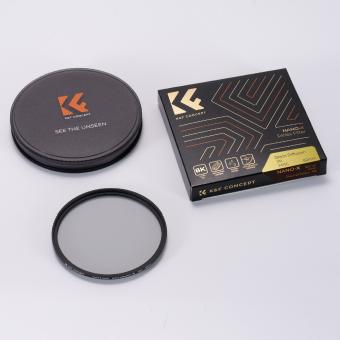


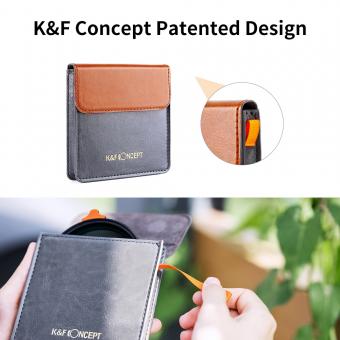

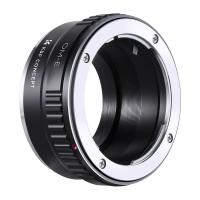
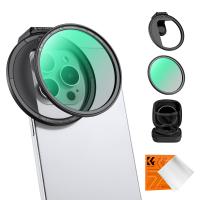
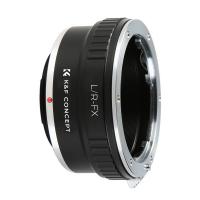
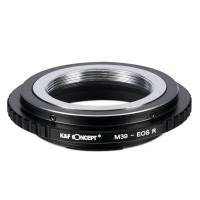


![4K digital camera for photography and video [autofocus and stabilisation] 48 MP video blog camera with SD card, 3 4K digital camera for photography and video [autofocus and stabilisation] 48 MP video blog camera with SD card, 3](https://img.kentfaith.de/cache/catalog/products/de/GW41.0065/GW41.0065-1-200x200.jpg)

